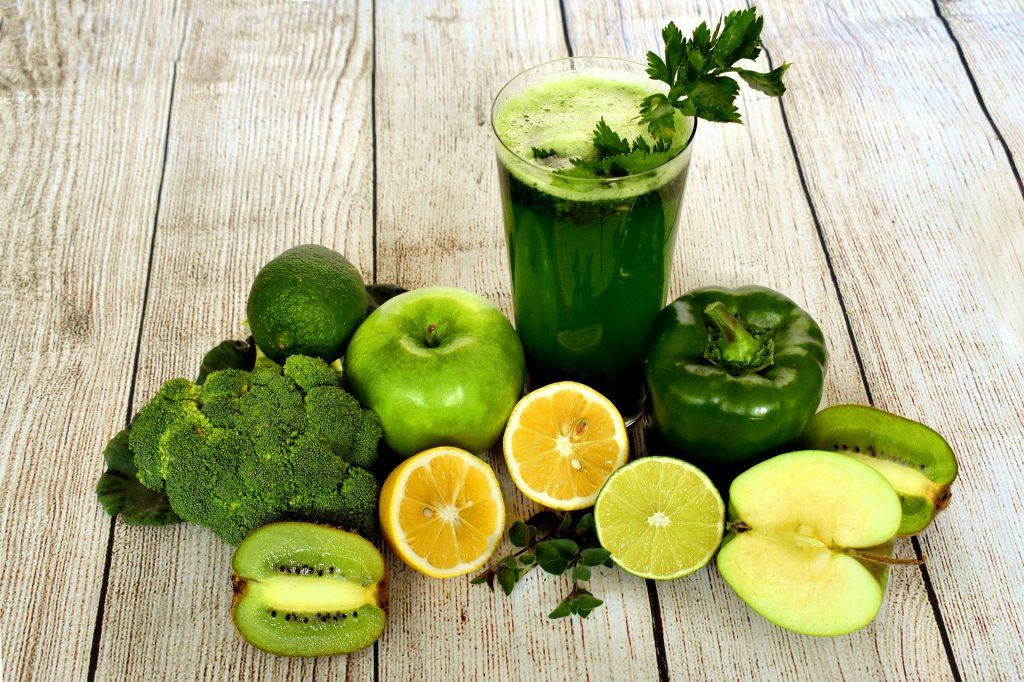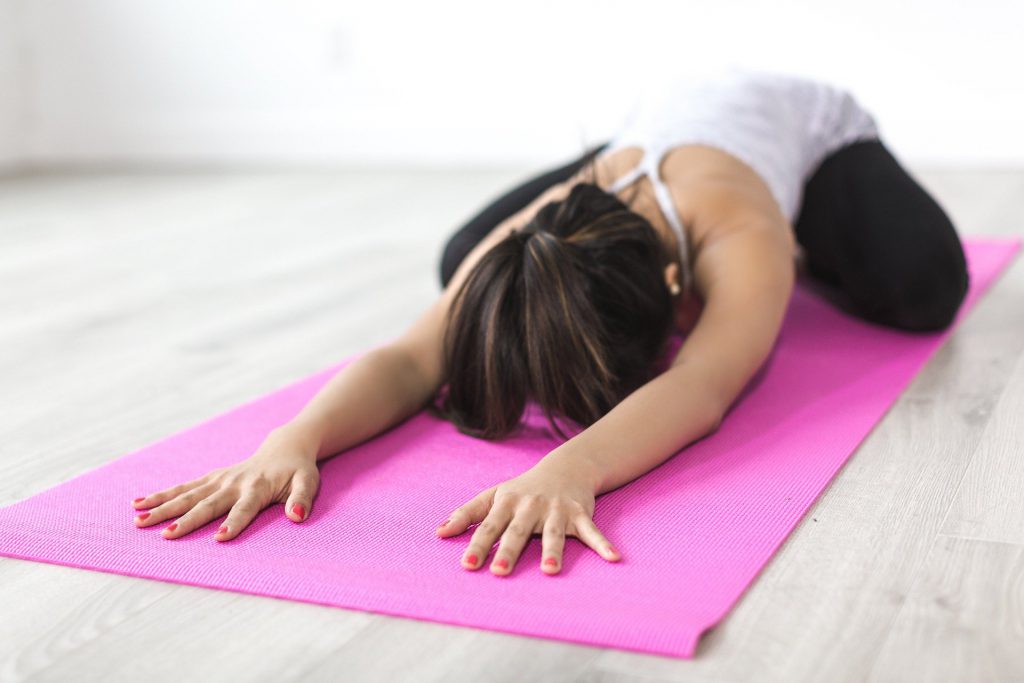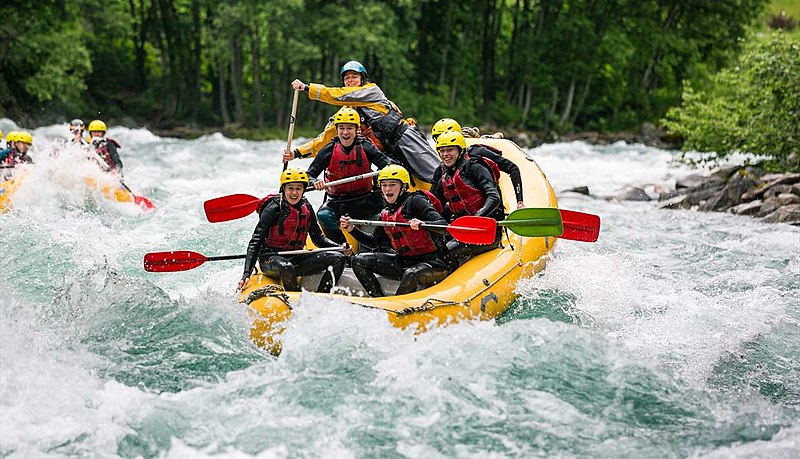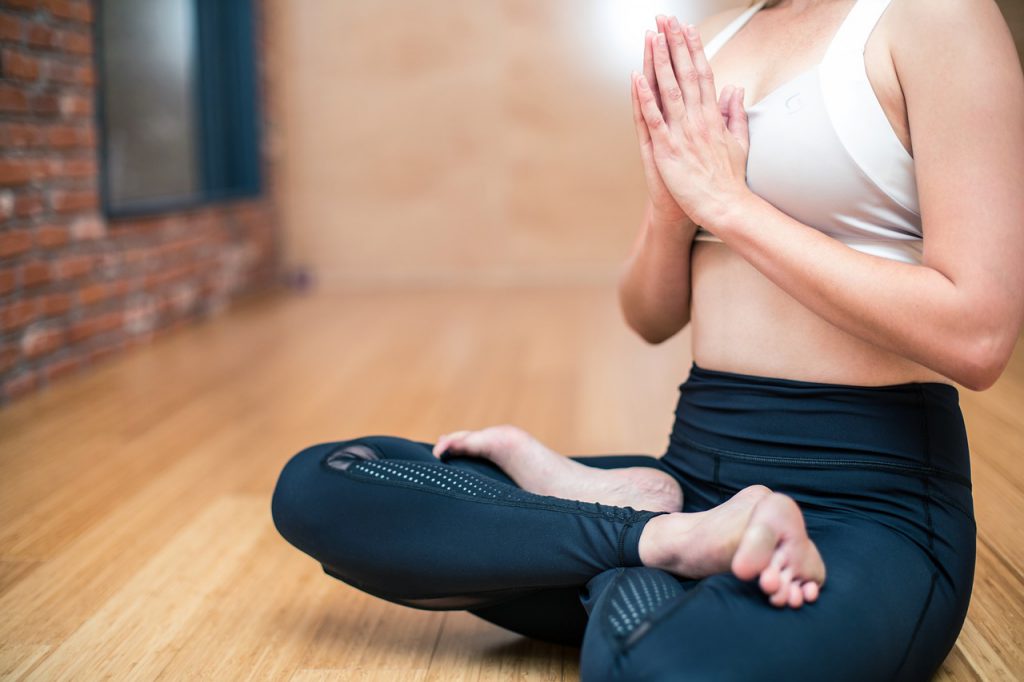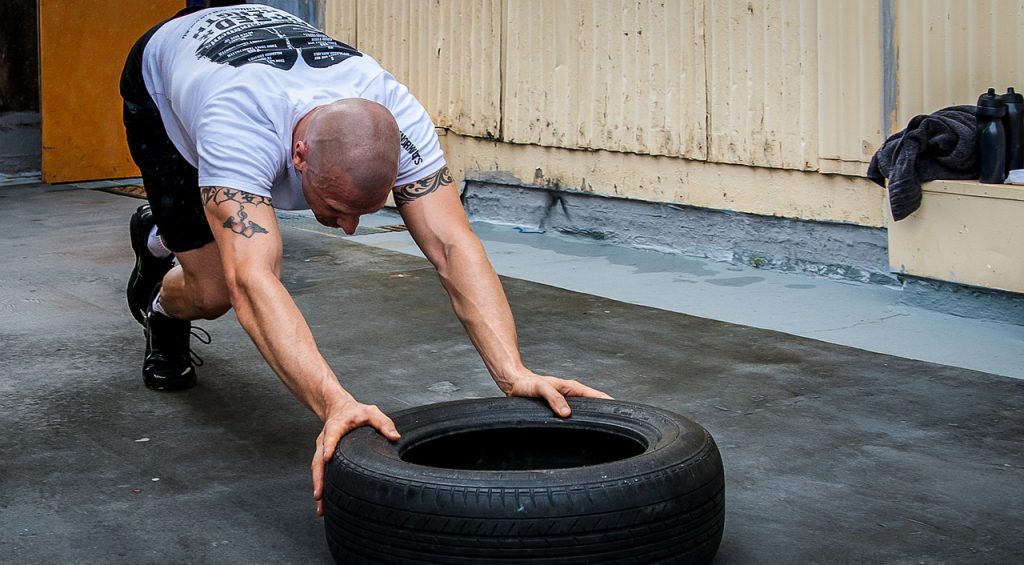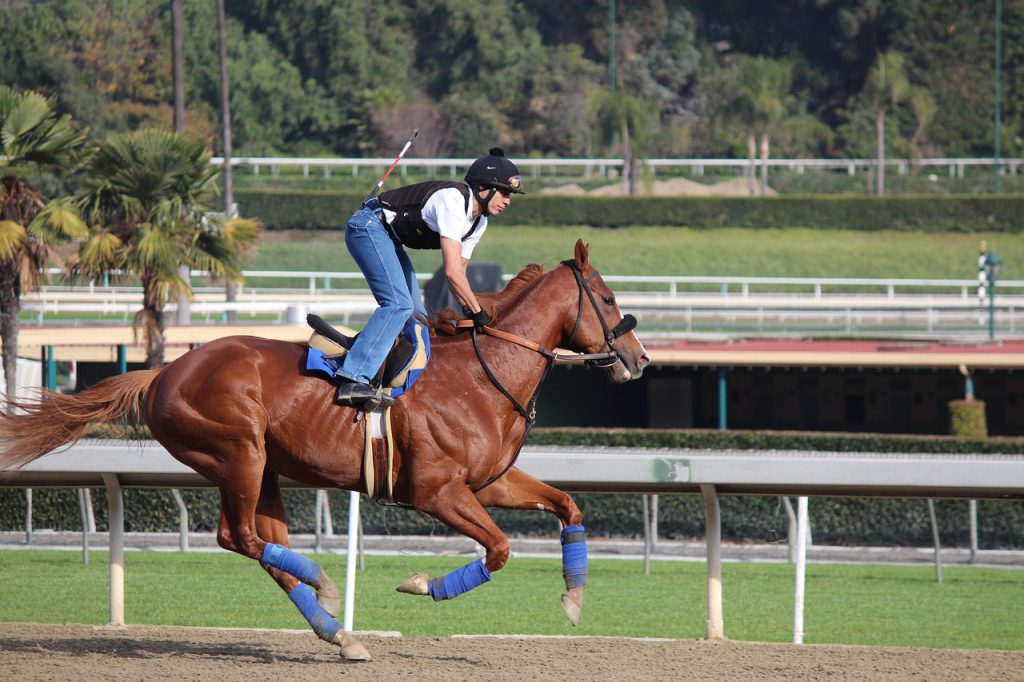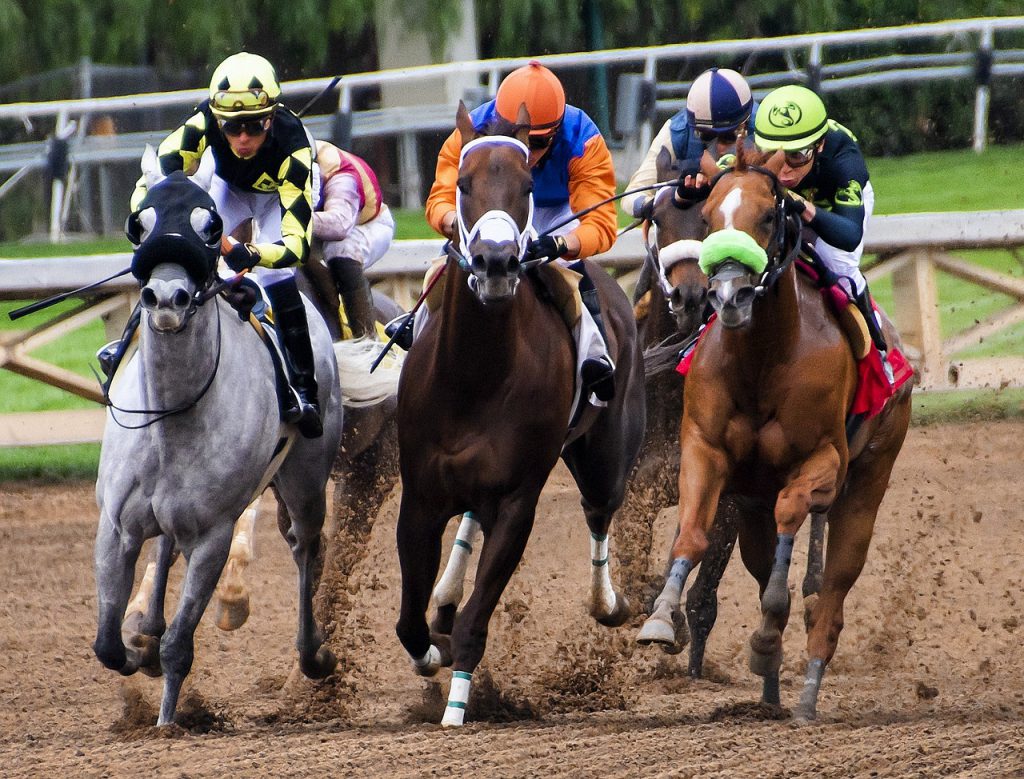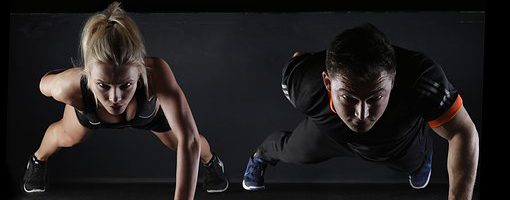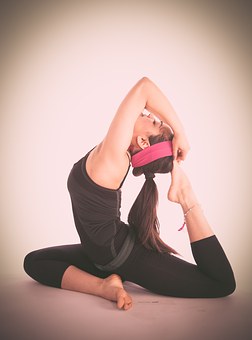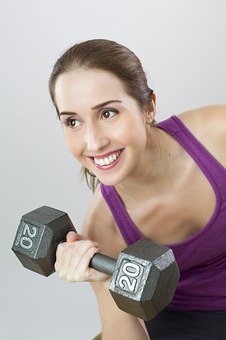As a fitness enthusiast who advocates for physical well-being, I’ve noticed a growing trend in how people perceive virtual reality sports as a form of exercise, especially with the advancements in VR technology. It appears to be an exciting blend for both fitness lovers and gamers. While they enjoy watching professional athletes shine on courts and exploring where they can read more about the best betting offers for their matches, they can now also experience the excitement of VR sports. But how effective is this modern activity in delivering the physical benefits, typically associated with traditional workouts? Let’s explore whether engaging in VR sports qualifies as sufficient exercise.
The Rise of VR Sports
Virtual reality has revolutionised the gaming world, and VR sports have been at the forefront of this change. Games like Beat Saber, Supernatural, and VR Boxing challenge players physically, incorporating movements such as squatting, lunging, punching, and swinging, which can work up a serious sweat. These games blur the lines between entertainment and exercise, making fitness more fun and accessible to people who might not typically enjoy working out.
But while it’s clear that VR sports can get your body moving, can they replace traditional forms of exercise?
Calorie Burning Potential
Some studies show that VR sports can help burn a significant amount of calories, sometimes comparable to moderate-intensity exercise. For instance, a game like Beat Saber, where players slash beats in time with music while dodging obstacles, can burn up to 300 calories per hour – similar to a brisk walk.
However, this depends heavily on the game being played and how actively the player engages. Games that involve more full-body movements or require higher intensity levels, like Thrill of the Fight (a VR boxing game), might offer a more intense workout. But simpler or slower-paced games, such as VR golf, might not be as effective.
Strength vs. Cardio
While VR sports offer an engaging way to get your heart rate up and burn calories, they often fall short when it comes to building strength. Most VR sports involve repetitive movements, like swinging arms or dodging, which can boost endurance but don’t offer much resistance training.
Traditional workouts like weightlifting, resistance band exercises, or even bodyweight routines (think push-ups, squats, or lunges) are necessary to build muscle and improve bone density – areas where VR sports may not provide the same benefits. Cardio-focused VR sports may be fantastic for cardiovascular health, but a balanced fitness routine requires more variety, including strength and flexibility training.
The Immersive Factor: Keeping You Motivated
One major advantage VR sports have over traditional exercise is their immersive and engaging nature. They often gamify physical activity, keeping you hooked for longer and making you forget you’re even exercising. This can be particularly helpful for people who struggle with motivation or find it hard to stick to a regular fitness routine. Playing VR sports can also help improve coordination, reaction times, and balance.
For those who enjoy the social aspect of fitness, VR games with multiplayer options can create a sense of camaraderie and competition, similar to playing team sports in real life!
The Downsides of VR-Only Exercise
While VR sports can complement your fitness routine, there are some drawbacks to relying on them as your only form of exercise. First, most VR headsets require you to stay in a confined space, limiting your range of motion compared to outdoor activities like running or cycling, which provide the added benefit of fresh air and nature.
Additionally, long-term use of VR headsets can sometimes cause discomfort or fatigue, particularly with prolonged sessions. Eye strain, neck tension, and poor posture can be common if you’re not mindful of how you’re moving.
The Verdict: Is VR Sports Enough?
In short, VR sports can be a fun and effective way to incorporate more movement into your life, especially if you’re looking to make exercise feel less like a chore. For cardio enthusiasts, it can even be a decent substitute for more traditional activities. However, it’s important to remember that no fitness routine should rely solely on one form of exercise.
For a balanced and comprehensive fitness plan, you should complement VR sports with other exercises that target strength, flexibility, and overall mobility. Adding activities like weight training, yoga, and stretching into your routine will help you cover all your fitness bases and avoid potential imbalances caused by only focusing on one type of movement.
VR sports are an exciting addition to the fitness world, offering a fun and engaging way to stay active. While they can certainly provide a good workout and help burn calories, they shouldn’t completely replace more traditional forms of exercise. Balance is key: so enjoy your VR sports, but don’t forget to mix in strength training, flexibility work, and other physical activities to maintain a well-rounded fitness routine.


